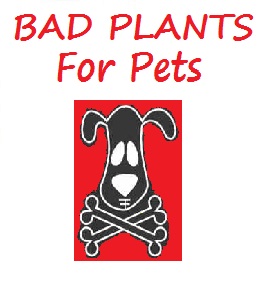Australian Ivy Palm

Brassaia actinophylla (syn. Schefflera actinophylla), also known as Schefflera, Umbrella Tree, Octopus Tree, and Australian Ivy Palm is a decorative evergreen tree commonly grown in mild to warm climates. Capable of growing to heights of 50 feet, its use is typically limited to larger gardens and/or use as a landscape decoration. The plant is prized for the thousands of dull red flowers it produces when in bloom, a process that begins in early summer and continues for several months. Aside from being a colorful addition to the landscape the flowers produce large amounts a nectar which in turn attract a wide variety of honey eating birds and other animals with an inherent sweet tooth adding wildlife to the landscape. It is, however, an aggressive plant and its roots can dominate surrounding soil. In some areas (e.g., Florida & Hawaii USA) it is considered to be an invasive weed and therefore planting is highly unadvised.
The plant should be considered toxic as it does contain terpenoids, saponic glycosides (saponins), and unknown insoluble oxalates. The effects of ingestion, however, seem limited and the most commonly reported symptoms are loss of appetite and gastrointestinal upset (vomiting & diarrhea). In an isolated case involving a poodle, the animal experienced the aforementioned symptoms with the addition of ataxia and leucopenia (Spoerke and Smolinske 1990). The available literature reports no fatalities of companion animals from the ingestion of Brassaia actinophylla. As such it should be considered toxix, but most likely not life threateningly so.
References:
Spoerke, D. G., Smolinske, S. C. 1990. Toxicity of houseplants. CRC Press, Inc., Boca Raton, Fla., USA. 335 pp.
Avoid further ingestion of the plant and consult a veterinarian. Life threatening intoxication is exceedingly rare, fatalities, while theoretically possible are basically unheard of. As per the case histories and documentation that is available the most serious threat is likely posed by the possibility of an extreme allergic reaction to the plants irritant toxins. In regards to a specific treatment regimen, common sense symptomatic care will probably be all that is required. If the ingestion was recent remove any existing plant matter from the mouth and flush thoroughly with water. If vomiting does not occur it may be induced by giving and emetic such as 3% hydrogen peroxide orally at a dose rate of 1 teaspoon per 10 lbs of body weight. The pet will more than likely start vomiting spontaneously without the help of an emetic, as their body tries to expel this non digestible material. The universal antidote, activated medical charcoal may also prove to be of some use in absorbing the toxins. If the pet ingested a large quantity of plant material then it may be beneficial to empty the stomach contents by way of gastric lavage.
Ensure the pet gets plenty of fluids to avoid possible dehydration caused by diarrhea. To alleviate the gastrointestinal upset and diarrhea; Kapectolin may be given at a dose rate of 1 to 2 ml/kg four times a day. Kapectolin provides a coating action that protects the stomach lining. Sucralfate may also be used as for gastrointestinal irritation as it reacts with the acids in the stomach to form a paste-like material capable of acting as a barrier between the stomach and its contents. Sucralfate is typically given to dogs weighing more the 60lbs: 1g every 6 to 8 hours; for dogs under 60 lbs: 0.5g every 6 to 8 hours; Cats: 0.25g every 8 to 12 hours to reduce irritation of the stomach and intestines. The prognosis will depend on the amount ingested and the resultant severity of the intoxication. Serious intoxications of animals are exceptionally rare and in most cases symptoms will be limited to gastrointestinal upset (vomiting and diarrhea). With symptomatic care most animals will make a full recovery in a few hours to a few days.




